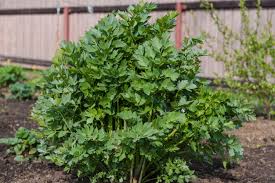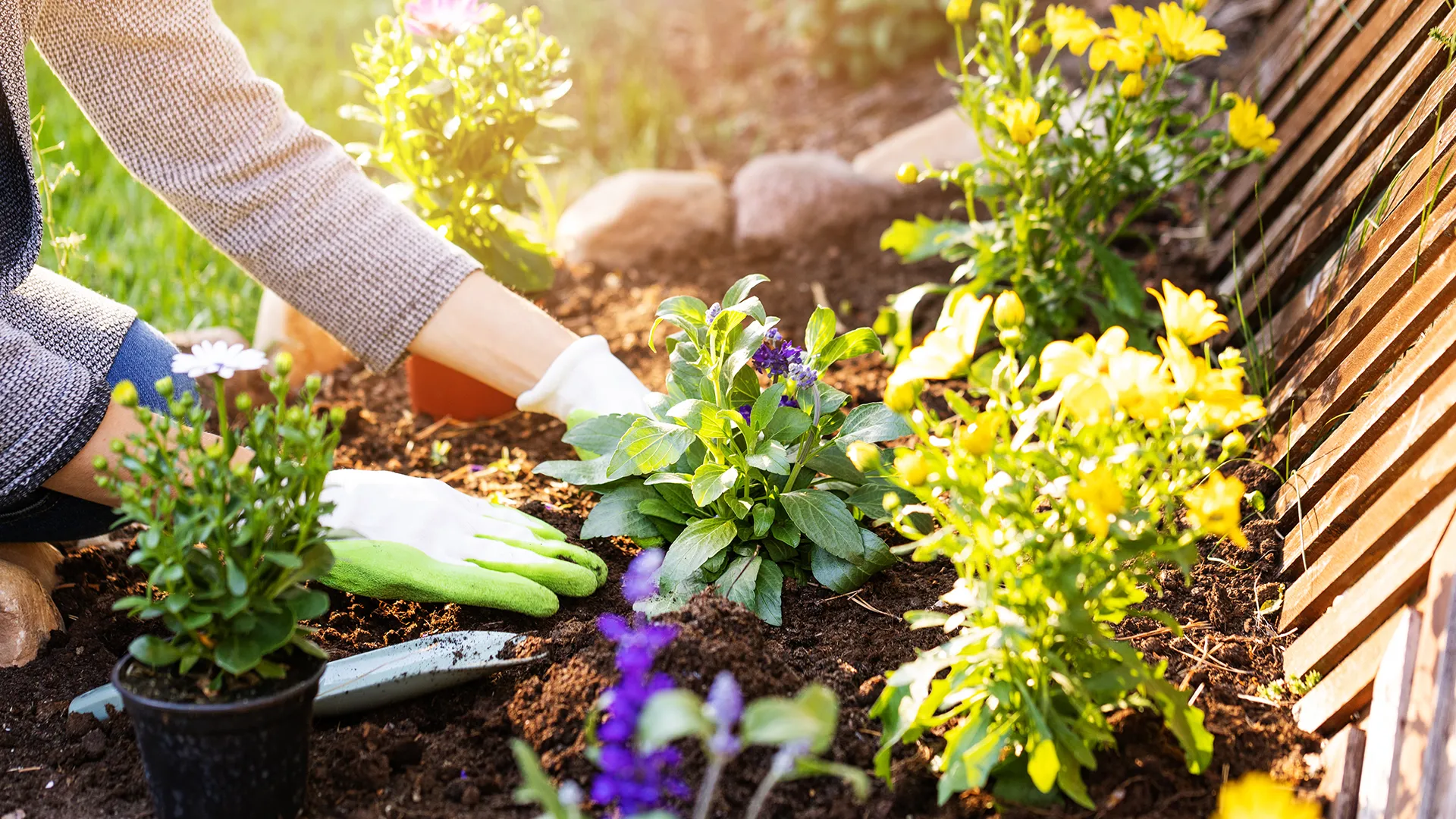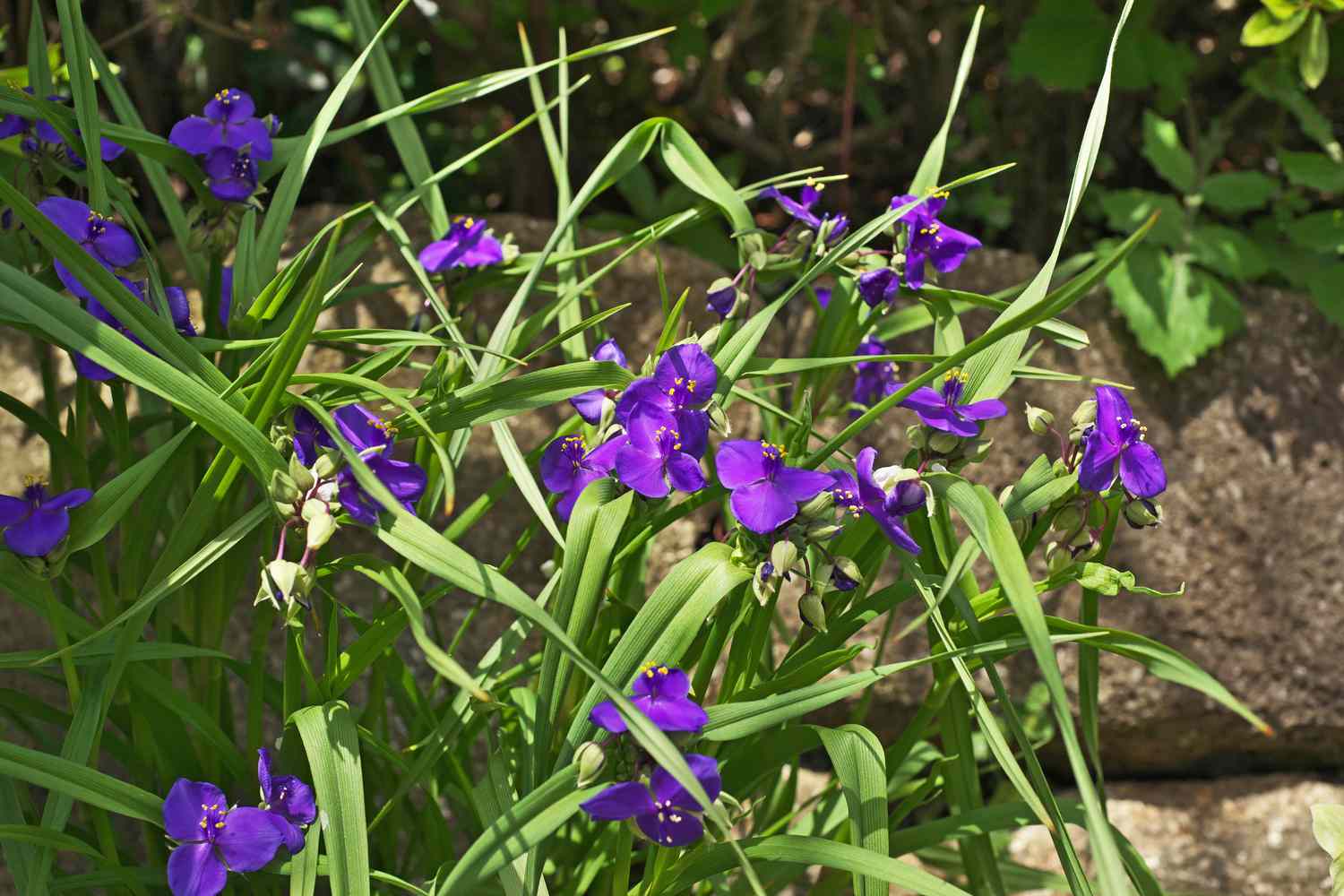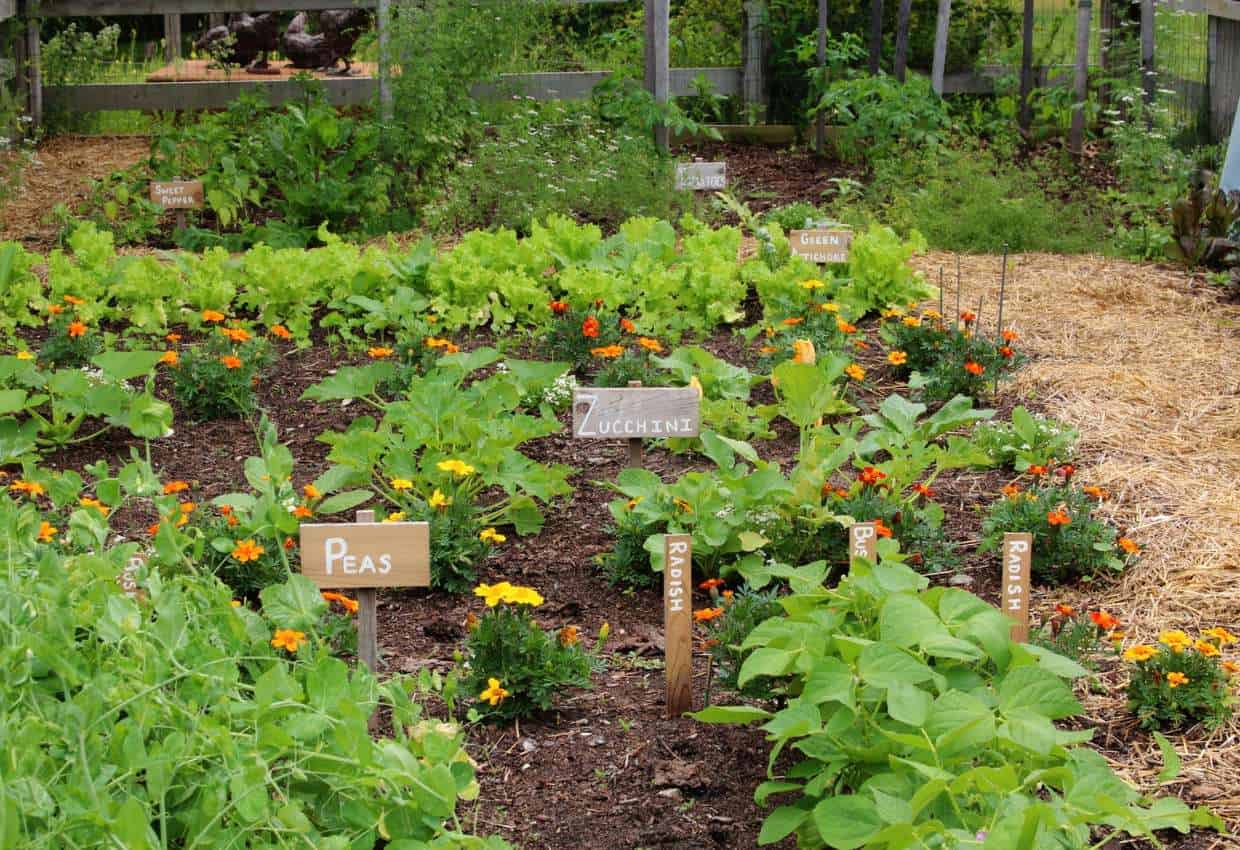Lovage, a tall, herbaceous perennial, is a versatile herb with a rich history. Its distinctive flavor, a blend of celery, parsley, and a hint of citrus, has made it a popular ingredient in various cuisines throughout the centuries.
A Culinary Journey with Lovage
Lovage’s culinary applications are diverse and exciting:
- Soups and Stews: The aromatic leaves of lovage can elevate the flavor of soups and stews, adding depth and complexity to dishes like vegetable soup, chicken noodle soup, and hearty beef stews.
- Sauces: Lovage can be used to infuse sauces with a unique flavor profile. It pairs well with tomato sauce, béchamel sauce, and other creamy sauces.
- Salads: Fresh lovage leaves can add a burst of flavor and a touch of greenery to salads. Their delicate, celery-like taste complements a variety of salad ingredients.
- Pickles: Lovage seeds can be used to flavor pickles, adding a distinctive, slightly aniseed note.
- Herbs: Lovage leaves can be used fresh or dried. When dried, they can be stored in an airtight container and used year-round.
Medicinal Benefits of Lovage
In addition to its culinary uses, lovage has been valued for its medicinal properties. Some of the potential health benefits of lovage include:
- Digestive Health: Lovage has been traditionally used to aid digestion and relieve indigestion.
- Anti-inflammatory Properties: The plant contains compounds with anti-inflammatory properties, which may help reduce inflammation in the body.
- Antioxidant Effects: Lovage is rich in antioxidants, which can help protect cells from damage caused by free radicals.
- Relaxation: Lovage tea can be a soothing and relaxing beverage, helping to reduce stress and anxiety.
Growing Lovage
Lovage is a hardy plant that can be grown in most climates. It prefers full sun and well-drained soil. To grow lovage:
- Start from Seed: Sow seeds directly into the garden in spring or start them indoors in pots.
- Planting: Plant seedlings or transplants in a sunny location, spacing them about 18-24 inches apart.
- Watering: Water regularly, especially during dry periods.
- Pruning: Prune lovage plants to maintain their shape and encourage new growth.
By incorporating lovage into your culinary repertoire, you can elevate your dishes and experience the many benefits of this versatile herb.
Lovage, a tall, herbaceous perennial, is a versatile herb with a rich history. Its distinctive flavor, a blend of celery, parsley, and a hint of citrus, has made it a popular ingredient in various cuisines throughout the centuries.
A Culinary Journey with Lovage
Lovage’s culinary applications are diverse and exciting:
- Soups and Stews: The aromatic leaves of lovage can elevate the flavor of soups and stews, adding depth and complexity to dishes like vegetable soup, chicken noodle soup, and hearty beef stews.
- Sauces: Lovage can be used to infuse sauces with a unique flavor profile. It pairs well with tomato sauce, béchamel sauce, and other creamy sauces.
- Salads: Fresh lovage leaves can add a burst of flavor and a touch of greenery to salads. Their delicate, celery-like taste complements a variety of salad ingredients.
- Pickles: Lovage seeds can be used to flavor pickles, adding a distinctive, slightly aniseed note.
- Herbs: Lovage leaves can be used fresh or dried. When dried, they can be stored in an airtight container and used year-round.
Medicinal Benefits of Lovage
In addition to its culinary uses, lovage has been valued for its medicinal properties. Some of the potential health benefits of lovage include:
- Digestive Health: Lovage has been traditionally used to aid digestion and relieve indigestion.
- Anti-inflammatory Properties: The plant contains compounds with anti-inflammatory properties, which may help reduce inflammation in the body.
- Antioxidant Effects: Lovage is rich in antioxidants, which can help protect cells from damage caused by free radicals.
- Relaxation: Lovage tea can be a soothing and relaxing beverage, helping to reduce stress and anxiety.
Growing Lovage
Lovage is a hardy plant that can be grown in most climates. It prefers full sun and well-drained soil. To grow lovage:
- Start from Seed: Sow seeds directly into the garden in spring or start them indoors in pots.
- Planting: Plant seedlings or transplants in a sunny location, spacing them about 18-24 inches apart.
- Watering: Water regularly, especially during dry periods.
- Pruning: Prune lovage plants to maintain their shape and encourage new growth.
By incorporating lovage into your culinary repertoire, you can elevate your dishes and experience the many benefits of this versatile herb.



